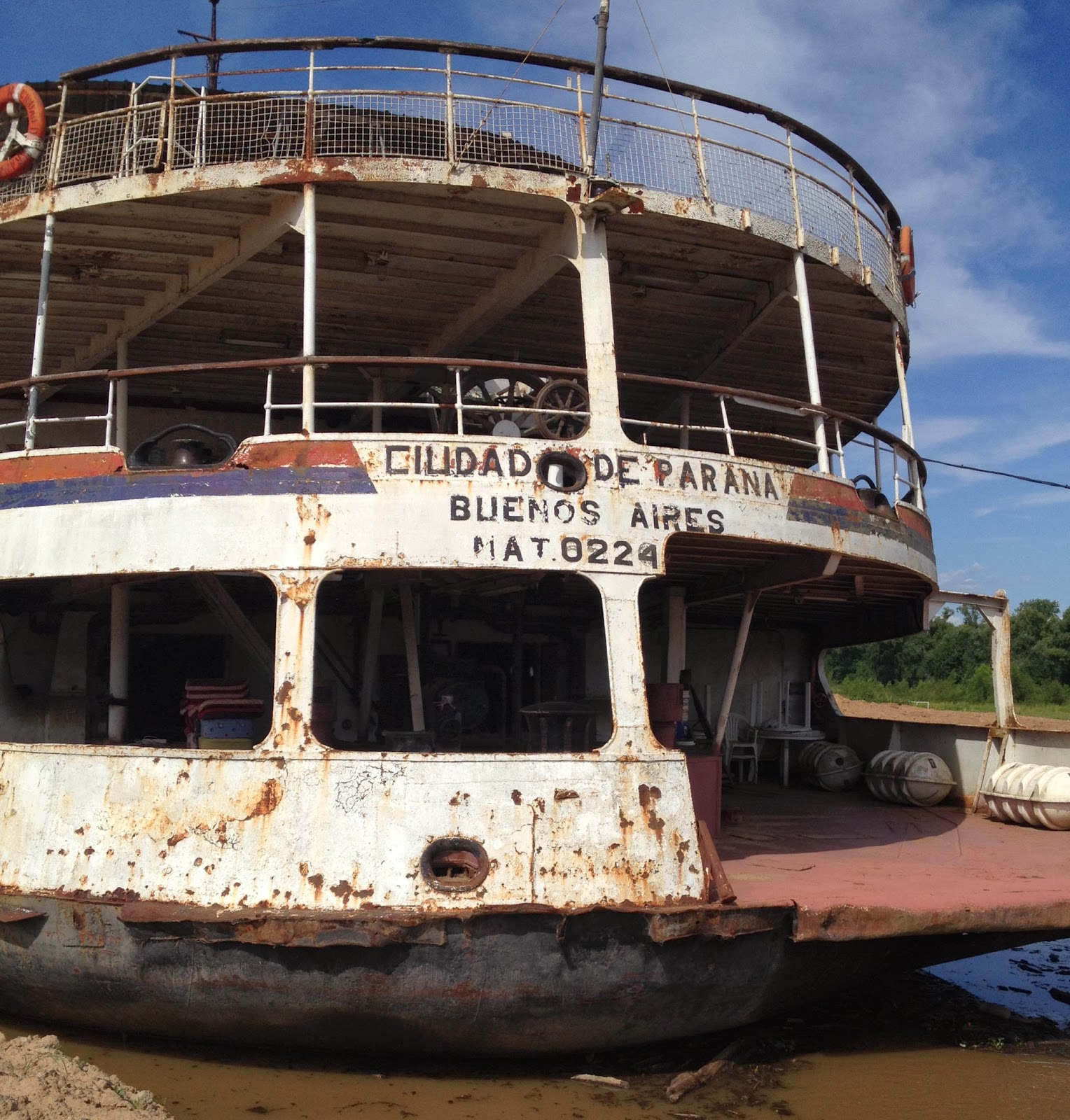Contents:
Argentina:
Richard French's ipad
Alone in
your bed: Joselyn Duffy Morton
Philippines:
Chris Mougne
Cartoon:
Claudia Ward
Stephen
O'Rourke's Oz
Cover:
Roger Morton
This blog
took longer than usual to post as I got caught up in the heady swirl of the
Press Conference for End Ecocide in Europe with the zany, colourful and
environmentally astute Dame Vivienne Westwood.
I was
delighted whilst liaising with Vivienne Westwood’s PA, the calm and unflappable
Cynthia King, that it was all coming together, even though Vivienne Westwood
was still in Milan until Monday 13th Jan and we wanted to hold it at
11am on the 15th in order for us to get some days up our sleeve, before the European Commission deadline on 21st.
(So that those thousands of people out there, who didn’t know anything about
this Citizens initiative, would have time to read the press, then get onto the
web site http://www.endecocide.eu/ and sign.)
However,
by Sunday we still did not have a London venue and the Press had not yet been
informed. Bloody hell.
I stopped
resting on my laurels and swung into action. Once again, darling Chris Cooper
on HMS President made everything click into place. We then had a venue in the centre
of London (Plus it is much more glamorous now than when Roger had a
photographic exhibition there in 2007.) Also it turned out that Vivienne
Westwood had her perfume launch there, so that made it even more convenient - she
knew the venue. She rode up on her bicycle. So cool.
The
resulting press coverage has been great – 2 impressive pieces in the Guardian today
(one by Charles Eisenstein, one by Fiona Harvey) I wrote an article for ecology
magazine; (AFP) Agence France Press has placed pieces around the world,
including China. (Thank you lovely Alice Ritchie) and even the scandal rag, the
Express came up trumps with a large headline ‘Vivienne Westwood backing
proposed European environment law’. Astonishing.
I am
still buzzing with it all, so much so, that I can’t really concentrate on
anything else but End Ecocide. My mind is racing ‘how many people read the
Guardian?’ ‘What percentage of those readers are likely to sign the form?’
Vivienne
Westwood was impressive, on every front. She came to the Press Conference armed
with a map of the world depicting likely damage from global warming if the population
of the world does not change its habits. At a glance, half the world would be
uninhabitable.
Thank god
there are people like Vivienne Westwood around, not just prepared to take civic
responsibility but prepared to educate others to realise we need to change
before the damage is irreversible. Likewise, Prisca Merz, the End Ecocide
Director, based in London – has worked around-the-clock and she has a full-time
responsible job. Impressive.
It is inspiring
to meet people who are prepared to take a stand against powerful injustice (and
who look as though they have a great capacity for fun as well.)
So, sorry
guys, if this all seems a bit worthy, but I really wanted to get those 1
million signatures (just as well I am not a poker player.) In fact I am still
astonished that people have not voted in their millions. If ecocide became a
crime in law, that would protect the Arctic against negligent drilling, bees
against decimating poisons, fish against industrial waste being carelessly
released into the rivers and oceans, communities being threatened and displaced so that their
forests could be turned into palm oil cultivation. I could go on and on.
So why
are people being so pissy about it? Why are they not signing? I won’t be doing
another editorial on this subject, so do me a favour and leave a comment
enlightening me as to why people have such reticence re trying to put some
moral backbone into big business?
What’s the
problem? Meanwhile I have only one word: sign, sign, sign.
Signing
off, Joselyn Morton





